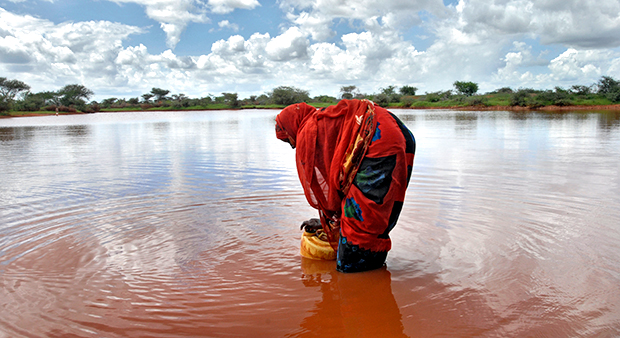According to the current situation, the existing global water shortage can be roughly divided into the following situations:
- Fresh water resources are very limited.Only 6 per cent of the world’s water is fresh from land, and 94 per cent from the sea.Of the fresh water on land, 77.2 percent is in the north and south poles, 22.4 percent is in hard-to-develop underground depths, and only 0.4 percent can sustain human life.
- The distribution of fresh water resources is extremely uneven, resulting in severe water shortage in some countries and regions.The Zaire river in Africa, for example, accounts for 30 per cent of the continent’s renewable water, but it mainly flows through sparsely populated areas, causing severe water shortages in some heavily populated areas.The amazon river in the americas, for example, accounts for 60% of the total runoff in South America, but it does not flow through densely populated areas and its abundant water resources cannot be fully utilized.Russia and central Asia face a similar situation, with abundant water flowing through Siberia into the arctic ocean, while the populous west, south and central Asia are short of water.The distribution of global water resources has been largely determined geographically and is difficult to redistribute.Nine countries – Brazil, Russia, China, Canada, Indonesia, the United States, India, Colombia and Zaire – have 60 per cent of the world’s water resources, and even if redistributed within a certain range, the costs are high.
Water is an irreplaceable resource.It is much harder to find an ideal water alternative than it is to find alternatives to resources such as oil and timber.
In addition to the above, there are other factors contributing to the global water crisis:
I. Population growth is straining the supply of fresh water.With the increase of population, the amount of water used by industry, agriculture and other people has been increasing, but the growth of human’s water intake has been slow, leading to the decrease of per capita water consumption.Some scholars predict that by the end of the 20th century, the per capita water consumption of human beings will decrease by 24%. In some countries, such as Kenya and Nigeria in Africa, the per capita water consumption will decrease by 40-50%.
II. The damage to the ecological environment is the sharp decrease of fresh water on land.As a result of forest destruction and soil degradation, the land is less able to absorb and protect water. The rainy season is flooded, while the dry season is seriously short of water.
III. Water resources are polluted, resulting in water quality degradation.With the development of modern industry and agriculture, global water pollution has become increasingly serious. Natural water resources are polluted by industrial wastewater, agricultural wastewater and domestic sewage.Many rivers and lakes are no longer suitable for human life, and groundwater is polluted to some extent.The world’s famous rivers, such as the Nile in Africa, the amazon in America and the Yangtze in Asia, have all been polluted to varying degrees.
IV. Improper use management leads to waste of water resources.People still have a great waste of water in the aspect of water use, some water conservancy facilities are not reasonable in the design and management of use, is causing a lot of water resources waste.
At present, regional water shortage is a global problem, but the most prominent problem is national and water shortage.Six east African countries and five north African countries bordering the Mediterranean are forecast to be severely short of water, with two-thirds of the continent facing drought each year.Asia is originally a region rich in water resources, but due to population growth and the development of industry and agriculture, it will also become a continent short of water resources.Some international water experts report that by the next century, most countries in Asia will face water shortages.South Asia is suffering from an increasingly severe drought, which is draining groundwater from India, Pakistan and Bangladesh.China’s total water resources are the sixth in the world, but its per capita water supply is only 2,400 cubic meters, ranking 109th in the world.More than 300 of China’s 600 cities are short of water. Nine provinces and cities in the north each account for less than 500 cubic meters of water per capita, far below the international minimum standard of 1,000 cubic meters, and are listed as one of the poorest countries in the world.Latin America is also a region rich in water, but poor distribution, lack of water in western states and northern Mexico, and chronic water shortages in Mexico City, where massive groundwater extraction has reduced the ancient city’s annual average by 17 centimeters.
As water resources become more and more scarce, the quality of water becomes worse and worse, and water resources become more and more precious, so water resources become more and more important strategic resources for human survival and development.As a result, it will cause competition and conflict between countries like oil and other strategic materials, causing a series of water-related security problems.

